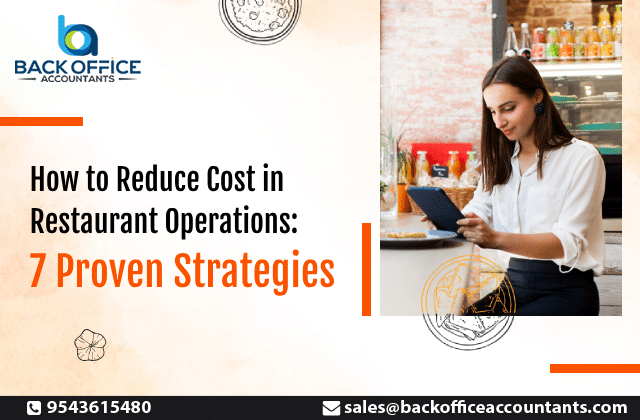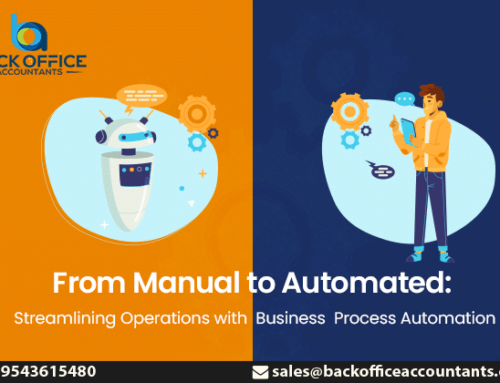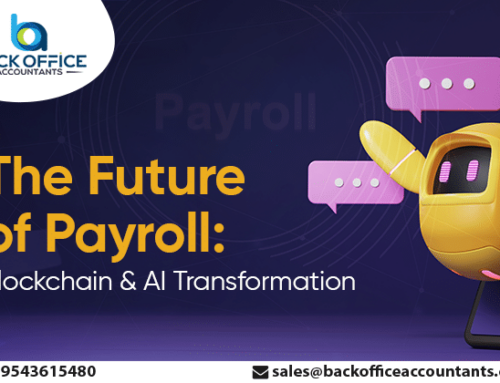In the contemporary restaurant business sphere, rising expenses are an uncontrollable phenomenon, and finding ways to lower them has become even more challenging than ever before. Some of the costs you must keep in check include labor wages, food, beverage, rent, utilities, marketing, equipment maintenance, and administrative expenses.
On top of that, even licenses, insurance premiums, and taxes can increase the cost. So, on average, a mass chunk of the budget goes into these expenses. That’s why you must be organized appropriately to effectively manage costs to incur profit and manage these bottom-line expenses.
But have no fear about conquering this huge challenge; this blog might become your ideal solution-providing partner. Continue digging in here to find seven genuine gems to keep your restaurant operation costs low!
7 Foolproof Strategies to Keep Your Restaurant Operation Costs Under Control
Putting your past failures behind, it is time that you sit and keep track of your restaurant accounting by keenly analyzing your expenses and identifying the gaps you can utilize to bring down the cost without altering the quality. Here are 7 time-tested ones you must try out to enjoy maximum profits;
1. Delete Unnecessary Menus
Please give up the notion of considering a menu just as a list of dishes because it is much more than that. It is the blueprint for deciding how your restaurant will work because each dish on the menu directly impacts the restaurant’s operational efficiency and financial health.
Therefore, ensure that dishes incorporated in the menu are in demand among customers. This helps reduce labor costs and streamline kitchen operations, thereby increasing the overall restaurant efficiency without impacting food costs.
2. Monitor the Inventory
Effective inventory management is of utmost importance to restaurants. If unchecked every day, it might result in increased deterioration of perishable goods, a disrupted supply chain, and higher operational costs.
To avoid such risks, begin by recording the supplies you often use before the workday and noting how much you utilize them once the restaurant closes to know how much you need to purchase next time to avoid wastage of expenses and products.
Alternatively, you can opt for restaurant management software or an outsourced restaurant accounting service to help you make sound business decisions and manage your restaurant finances.
3. Reduce Overstaffing
Offering seamless customer satisfaction relies primarily on the timely service provided by the staff. However, having too many staff might result in unnecessary expenses that do no good to increase your profits.
That’s why you must implement effective staff recruiting strategies to balance the expenses and meet customer demand. Cross-training the employees to meet staff flexibility and lower the need for additional staff during peak times is also recommended.
4. Implement Energy Efficient Appliances
Electricity is a requirement for all businesses. However, using high-power appliances is the trend in most decent restaurants today. These consume more electricity, resulting in increased costs.
The sad fact is that if the restaurant stays open until midnight, the cost of electricity spent per unit is equally high. So, switch to energy-efficient appliances to save energy and cut down on additional costs.
5. Go for Automation
More than manual work that mounts additional charges, try choosing the automation process to reduce unwanted operational costs and minimize potential human errors. Try selecting the POS software to manage expenses and enhance customer service.
This software comprises various real-time features such as inventory tracking, sales data, and integration with accounting software to help you make informed decisions by providing valuable insights. Now, you can allow the machine to take over all human work, from billing to creating an online ordering app!
6. Negotiate with Vendors
Negotiating with your vendor or supplier has a significant positive impact on boosting your revenue. If you have a good relationship with them, you will get a cut down on prices on the ingredients, the utilities, or even the rent.
Additionally, if you negotiate a flexible delivery schedule and payment terms with the vendor, you will likely reap the benefit of improved operational efficiency and cash flow. On the other hand, if you are being non-negotiable, you can suffer from sudden changes in supplier conditions and price increases.
7. Opt for Outsourcing Opportunities
Though the internal effort might seem valuable, it might not always offer cost-effective results. It might also prevent you from leveraging innovative technology, specialized resources, and external expertise that provide cost-saving solutions.
So, try out outsourcing options by entrusting them to experienced professionals who can provide higher accuracy, operational flexibility, and, most importantly, cost-saving opportunities. Additionally, it helps your restaurant gain exposure to innovative solutions and advanced technologies that in-house strategies cannot offer.
Conclusion
These are some of the timeless strategies you can use to generate profits without compromising on customer experience. To implement all that was discussed above, just be a little creative, and organized, and pay attention to detail to flaunt your restaurant in the neighborhood for many years!







